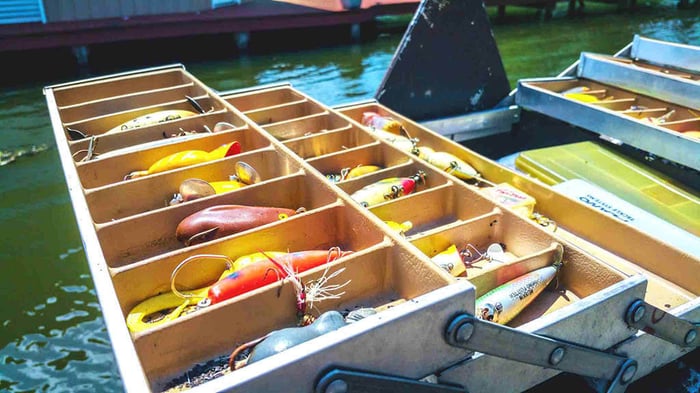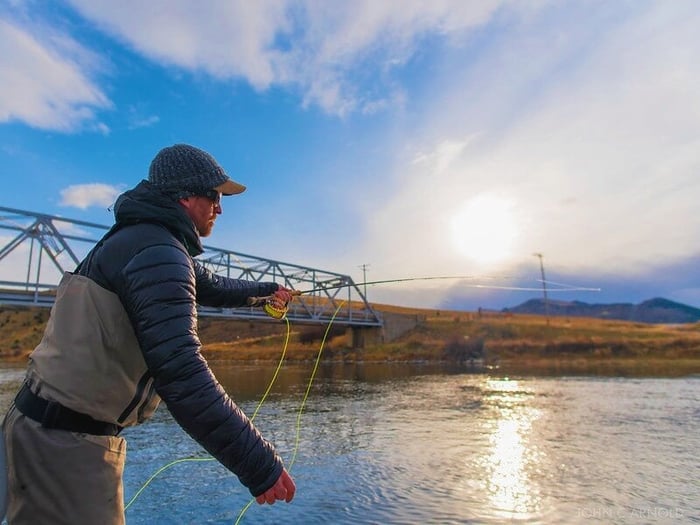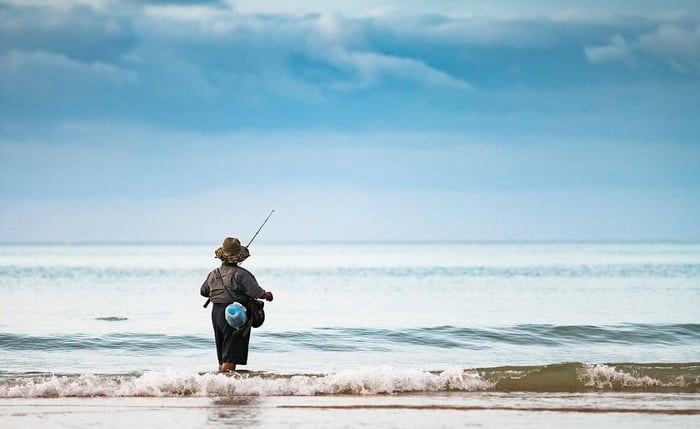Everyone has access to fresh water and saltwater to fish. You choose to catch that trout for pure leisure or hitting two birds in one stone, catching it for your meal! Although a couple of anglers choose the catch-and-release approach when fishing, others like to save the seasonal fish for the dinner table. Suppose that you keep common species and follow your local regulations. There's nothing off about doing as such. More so, it's a perfect reward to a hard-fighting casting and waiting with your reel and rod! Sure, the thrill of catching fish is another level, but you may want to prepare it as well. Regardless of whether you are a seasoned angler or a beginner, it is an incredible skill to acquire, particularly when exploring the great outdoors and appreciating time in nature.
Cleaning Your Fish
Once you catch your most prized fish for dinner, you ultimately need to clean the fish. Frankly, you can eat all parts of the fish. You can consume all pieces, and at the same time, you are not wasting anything. Although, most people like to clean their fish and remove their internal organs. There are two simple ways to deal with cleaning fish, gutting and fileting. 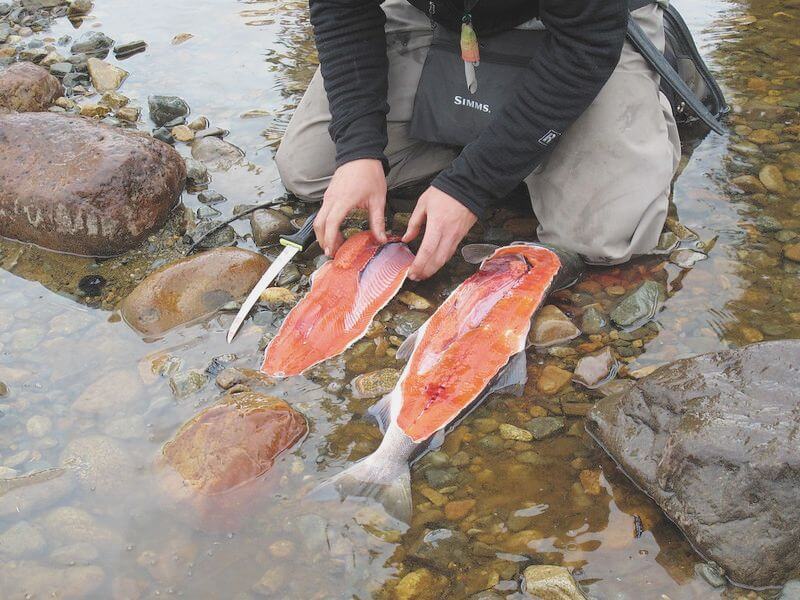 But before anything else, make sure to secure the tools needed.
But before anything else, make sure to secure the tools needed.
Tools You May Need For Cleaning Fish
First of all, you will need a few tools to accomplish the necessary work with your freshly caught fish. The list below is the practical tools you will need before cleaning your fish. This way, as you start, you will want to get a good idea about what tools you will bring for cleaning.
-
-
- Sharp Pocket Knife
- Fillet Knife (Optional)
- Knife Sharpener
- Fish Scaler (Optional)
- Cutting Board / Flat Clean Surface
- Ice Chest or Cooler (you'll want to store your freshly caught fish in ice until you're ready to clean it)
-
Gutting Fish
Gutting a fish is just what it sounds like. Using your knife, cut the anus of the fish, along the belly, to the bottom jaw. As you do this, try not to pierce through the organs. Then, you can prefer to discard the head or take your knife and separate the internal organs that connect the head to the digestive and respiratory tract. With that task finished, the next step is to reach close to the head and strip out the internal organs. For the most part, the organs come out effectively, and soon the body cavity should be empty. With the guts out, next, you can essentially clean the body cavity out with water.
Filleting Fish
Fileting, a fish, should be done after gutting, or instead of gutting too. In fileting a fish, you only remove the meat parts of the fish from the skin. It begins with a cut close to the head of the fish. Chop down behind the pectoral fin until you are right at the spinal cord. Then, at that point, you turn your knife 90˚ and begin cutting along the side back toward the tail. A few people slice clear through and remove the filet now. You may opt to leave a little bit of skin attached to the tail. When you flip the filet, now meat-side up, you next slide your knife along between the meat and skin to cut the skin off. Leaving a little bit of skin attached at the tail holds the filet in place as you remove the skin. This is why it's essential to have a proper filleting knife, long, thin and sharp!
Fish Steak
To cut the fish into steaks, use a large, sharp kitchen knife to cut the fish into steaks, starting behind the head and gills. Fish steaks are typically cut around 1 inch thick mostly. However, this is totally up to you. Thicker steaks can be trickier to cook without drying them out, so be mindful not to get excessively out of hand with making a super-thick fish steak. Salmon and trout are best for steak cuts.
Removing Skin and Scales
Some prefer to take out all of the scales on their fish before they cook it. You can do this by running your blade opposite with the fish, so the whole side of the knife rubs against the fish. You will need to do this starting from the tail sliding up toward the head. Or on the other hand, you can use a fish scaler. It would remove the scales effectively, and it is intended to rub the fish back and forth to take out the scales and work efficiently.
Typically, when the fish is thoroughly cooked, the skin and scales will fall off. But, it depends on your preference.
Cooking Your Fish
Just like catching fish, there is a wide range of approaches to cook a fish. You can get as fancy as you need or as simple as you need. 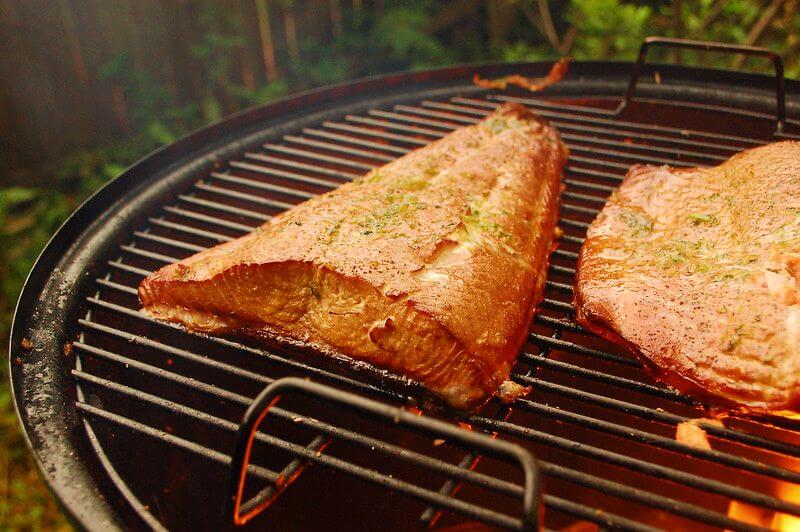
On the Grill
Grilling is one of the standard methods of cooking your freshly caught fish. You can season it with your preferred spices or right straight from the hook.
As a rule of thumb, grilling allows 8-10 minutes of grill time per inch of fish. So, if your fish is two inches in thickness, grill each side for around six to eight minutes. However, it's always a smart way to look at the instructions on your preferred recipe.
The downside to using a barbecue grill is that if your fish starts to break up into pieces, you could end up losing portions of the fish inside the barbecue grill. Just give extra care in flipping the fish to avoid it.
In a Pan
A simple approach in cooking your freshly caught fish but can go far is on a pan. What it looks like is cooking the fish on a barbecue grill inside of a pan. This will reduce the probability of you losing bits of your fish through the meshes of the grill.
In a Boiling Water/ Liquid
Boiling fish may seem somewhat bland to a few. But, this method can be the best and reasonable alternative for some. In addition, you can get slightly creative with the flavors you cook with and heat your fish in wine and different liquids.
You can cut the fish up and place it in some boiling liquid, like water or wine, alongside some different seasonings and vegetables if possible. You could have yourself a decent shore lunch.
Wrapped in Aluminum Foil
It is preferable to wrap your fish in aluminum foil or something similar. By doing this, you will protect the fish from the open fire. Still, it will penetrate the heat and cook the fish entirely whenever left in the fire for long. You may like to put vegetables, seasonings, and different spices inside the aluminum foil with the fish.
Top Species to Catch and How to Cook Them
Some game fish are amazingly delectable, which is why indicated below these loved species, with some tips on catching and cooking them. It's categorized as three freshwater species and three saltwater species to ensure that all anglers have something delicious to expect. Make sure to keep your caught fish inside the ice cooler to keep them fresh. Here is a list of some of the best game fish to catch and eat.
Rainbow Trout

Most river trout are delicious. However, lake trout are predominantly depicted as having a "muddy" taste. Brooks and browns are indeed worth trying, and cutthroats even have their patrons. In any case, rainbow trout are indeed the most notable species among the people who like to cook their catch.
Catching Tips
Rainbow trout is a well-known target for fly fishers, and however regular anglers can catch them with spinning gear. Tie on a split-shot rig and bait the hook with a bit of red worm or group of fish eggs. Cast upstream, and let the lure bounce along the bottom with the currents. Most strikes will come as the lure passes a large rock, log, or another current break.
Cooking Tips
Rainbow trout's preparation is simple. Salt the meat gently, grill until flaky, and garnish with lemons. Straightforward as that.
Red Snapper

Catching Tips
Red snappers are bottom feeders who usually lurk around reefs, wrecks, and different kinds of structures and cover in 100 to 500 feet of water. You'll have to use a heavyweight to get the bait down to the fish, and you'll need to use a significant piece of squid or a butterflied baitfish to lure out for them.
Cooking Tips
Red snapper is a more straightforward game fish to prepare: After cleaning the fish, cut it into generous filets, add a pinch of salt, and grill or sauté until flaky. Some like to heat the whole (cleaned) fish instead. Regardless of how you prepare it, you'll need to use a light touch.
Mahi -Mahi
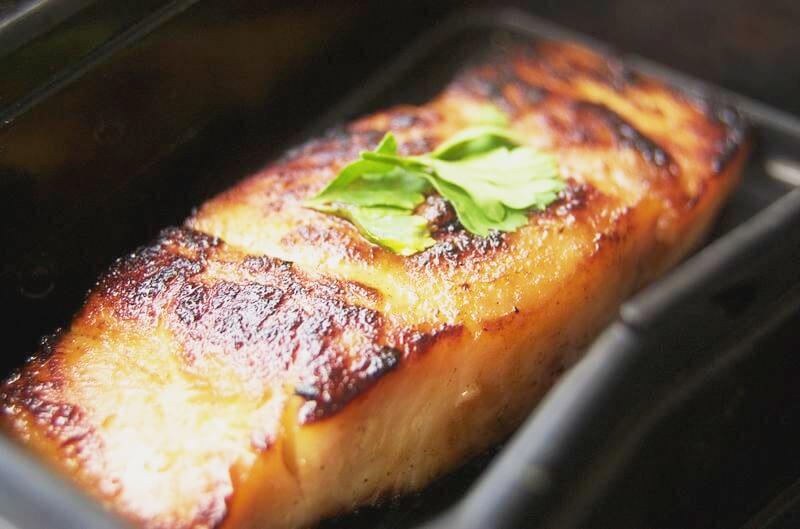
Mahi-mahi (otherwise called dorado or dolphin) is perhaps the most well-known fish on restaurant menus, and they are also very energizing to catch. Not at all like other medium to huge gamefish with delicious meat, mahi-mahi have moderately healthy populations, making them an incredible fish to keep from a natural stance.
Catching Tips
You'll need to head offshore to catch mahi-mahi, so most anglers who put their focus on these beautiful fish register with the help of a sanction charter service. Mahi-mahi regularly lurks close to floating seaweed and debris, so they're practically easy to find. When found, your guide will probably lure or chum the water to actuate a feeding frenzy. You'll then, at that point, cast your bait out and sit tight for a bite.
Cooking Tips
Mahi-mahi is best cooked on a grill. Rub the two sides of the meat with olive oil, season with garlic salt, and cook it on medium-high heat for around 5 minutes for each side.
Swordfish

Swordfish are probably the most delicious fish in the ocean, with extremely firm meat. This implies that swordfish, regularly butchered into thick steaks, can be cooked in more than one way that other fish can't.
Catching Tips
Catching swordfish, nonetheless, is more complicated than preparing it. You'll frequently need to fish in extremely deep water to hook them in, as they regularly hang out 2,000 feet underneath the surface. This implies you'll have to fix up a 5-to 10-pound weight to get your lure down to the fish. Anglers frequently attach glow-sticks or use luminous lures to make it simpler for the swordfish to see the bait in dark waters.
Cooking Tips
Swordfish will hold up well on the grill. You can deal with it similar to a beefsteak. It can even be cut into tiny pieces and slid onto sticks to make delicious kebabs.
Channel Catfish
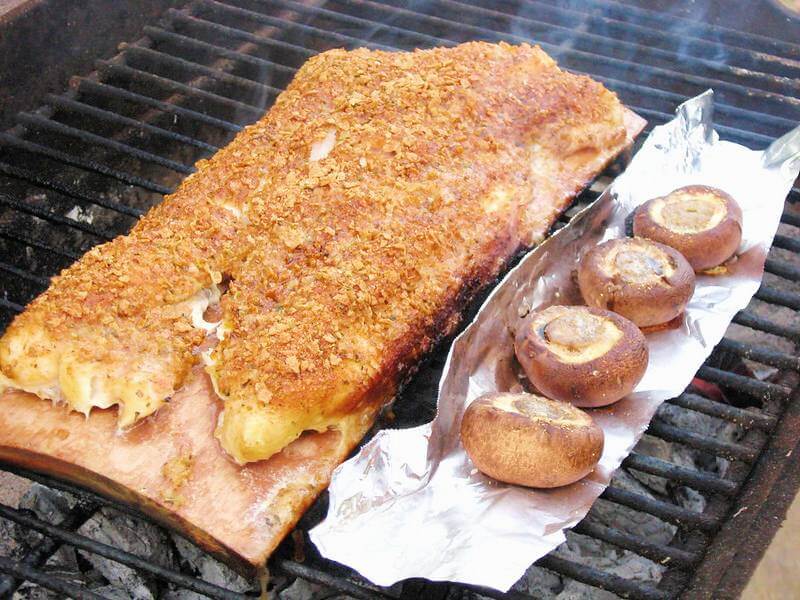
Most freshwater catfish are delicious, yet channel cats are often considered ideal for cooking.
Catching Tips
Channel cats are easy to catch. Tie on sufficient weight to get your lure to remain close to the bottom. Bait the hook with a worm, chicken liver, shrimp, or piece of shad. Cast the bait out close to some huge structure, and you can relax while waiting tight for the bite.
Note that big channel cats are not as tasty as the smaller ones. In this way, return any giants you might catch in perhaps after snapping a photo, and fill your ice cooler with those in the 1-to 5-pound range.
Cooking Tips
Catfish can be cooked in various ways, yet most chefs choose to fry or broil it. Coat the filets generously with some lemon juice, and serve them with a sour tartar sauce.
Salmon

Salmon raises a good battle. However, it is their tasty red meat that draws the consideration of most anglers. They're probably kept and cooked more than any of the other gamefish on this list. Salmon is additionally rich in omega-3 fatty acids, which give an abundance of health advantages.
Catching Tips
You can catch salmon in different ways. However, drift fishing is the most effortless strategy for beginners. You'll require a strong, 9-foot rod and a reel strung with a 15-to 30-pound-test line to get them. Tie on a bit of hook, afloat, and enough weight to give a cast. Throw the lure out upstream and let it float by rocks and other current breaks.
Cooking Tips
Salmon can be grilled, sautéed, smoked, or baked. In contrast to other fish cooked until very much done, salmon is typically just cooked until it is medium or medium-well. Simply thinking about a salmon filet indeed makes you hungry.

